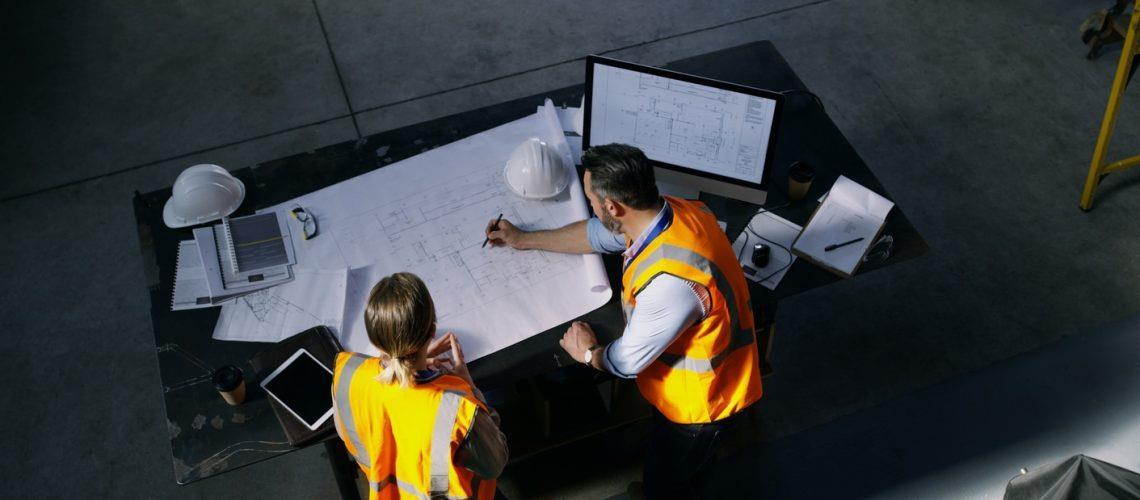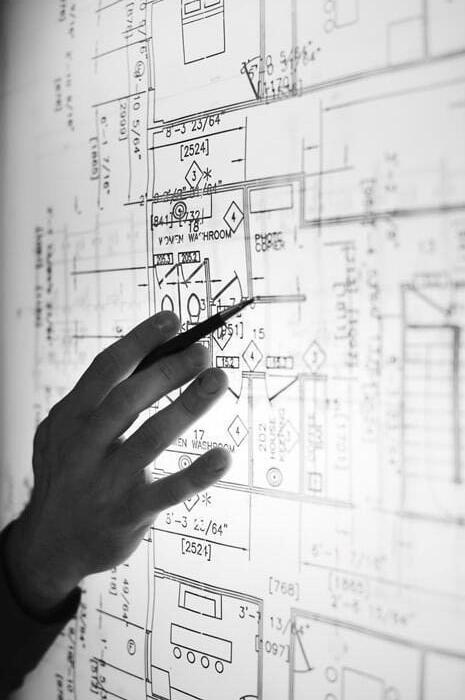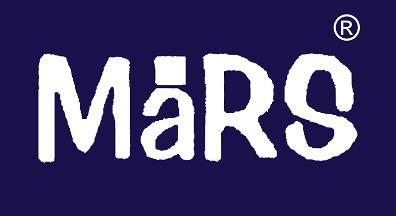


Unleashing Innovation: Advancing MEP Projects with 3D Modeling www.marsbim.com
Introduction

Importance of MEP projects in construction industry

This slide introduces the of MEP projects in the construction industry and emphasizes the aim of the presentation, which is to explore the innovative impact of 3D modeling on topic MEP projects.
Purpose: Explore innovative impact of 3D modeling on MEP projects
Evolution of MEP Design
The evolution of MEP (Mechanical, Electrical, and Plumbing) design has been driven by advancements in technology, changing building codes and regulations, and the growing demand for energy efficiency and sustainability.
Here's an overview of the key trends and developments in MEP design:
Integration of Building Information Modeling (BIM): BIM has revolutionized MEP design by enabling the creation of 3D digital models that integrate all aspects of a building, including MEP systems. BIM allows for better coordination among different disciplines, reduces conflicts, and enhances overall project efficiency. To fully leverage the benefits of BIM in MEP projects, many firms now offer specialized MEP 3D modeling services.
Energy Efficiency and Sustainability:

With the increasing focus on environmental conservation and energy efficiency, MEP design has shifted towards sustainable practices. Energy modeling and analysis tools help optimize HVAC (Heating, Ventilation, and Air Conditioning) systems, lighting, and water usage to minimize energy consumption and reduce environmental impact.
Green Building Certifications:
Certifications such as LEED (Leadership in Energy and Environmental Design) have influenced MEP design practices. MEP engineers are now designing systems to meet specific criteria for energy efficiency, indoor environmental quality, and water conservation to achieve green building certifications.

Introduction of 3D Modeling

• An image showing a 3D model of a building or construction project, with MEP systems highlighted or labeled to demonstrate the integration of mechanical, electrical, and plumbing components within the overall design.

• This image will visually represent the concept of 3D modeling and its application in MEP projects, emphasizing the comprehensive representation of MEP systems within a three-dimensional digital model.
• It helps the audience understand how 3D modeling enables a more detailed and realistic visualization of MEP elements in the context of the overall construction project.
Benefits to 3D Modelling
• An image showcasing the advantages of 3D modeling in MEP projects, such as improved visualization, clash detection, and coordination.
• This image can include elements like a 3D model of a building with MEP systems highlighted, visual representations of clash detection, and coordinated placement of MEP components.
• It visually represents the benefits of 3D modeling by demonstrating how it enhances the overall project understanding, helps identify clashes and conflicts early on, and enables better coordination among different MEP systems.
• Building Information Modeling (BIM): BIM has revolutionized the way MEP design teams collaborate. It provides a shared digital platform where architects, engineers, and contractors can collaborate on a unified 3D model. BIM enables real-time coordination, clash detection, and efficient communication among stakeholders, reducing conflicts and rework during the design and construction phases.
• Integrated Project Delivery (IPD): IPD is a collaborative approach that involves early involvement and shared responsibility among all project stakeholders, including MEP engineers. This collaborative method promotes effective communication, knowledge sharing, and joint decision-making, resulting in optimized designs and streamlined project delivery.
• Multi-Disciplinary Coordination: MEP design requires close coordination among different disciplines, including architecture, structural engineering, and MEP systems. Regular meetings, design reviews, and coordination sessions facilitate communication, ensuring that all systems work together seamlessly and meet the project requirements.

• Cloud-Based Collaboration Platforms: Cloud-based collaboration platforms provide a centralized hub for sharing project information, documents, and design models. These platforms enable real-time collaboration, version control, and access to project data from anywhere, facilitating efficient communication and coordination among team members, regardless of their physical location.

Clash Detection and Risk Mitigation

Clash detection and risk mitigation are critical aspects of MEP design to ensure the smooth functioning and efficient installation of systems within a building. Here's how clash detection is performed and how risks are mitigated in MEP design:

Clash Detection: a. 3D Modeling: MEP systems are modeled in 3D using specialized software, considering all components, equipment, and routing. This allows for a comprehensive visualization of the systems and their interactions. Additionally, MEP shop drawing services play a crucial role in translating these 3D models into detailed technical drawings and diagrams.
b. Clash Detection Software: Dedicated clash detection software is utilized to analyze the 3D models and identify clashes or conflicts between various MEP systems, as well as clashes with structural elements or architectural components.
c. Clash Identification: The clash detection software generates clash reports, highlighting the precise locations and types of clashes. MEP engineers review these reports and analyze the clashes in detail.
d. Clash Resolution: After identifying clashes, the MEP design team collaborates with other disciplines, such as architects and structural engineers, to resolve the clashes through design adjustments, rerouting, or system reconfiguration.
Improved Communication and Client Understanding

Improving communication and client understanding is crucial for successful business relationships and customer satisfaction. Here are several strategies and practices that can help enhance communication and better understand clients: Active Listening: Actively listen to your clients by focusing on what they are saying without interruption. Show genuine interest, ask clarifying questions, and paraphrase their concerns to ensure you understand their perspective.
Empathy and Emotional Intelligence:
Cultivate empathy to understand your clients' emotions, needs, and concerns. Emotional intelligence helps you recognize and manage your own emotions and respond appropriately to your clients, fostering a deeper connection and understanding.
Clear and Concise Communication:
Use clear, concise, and jargon-free language when communicating with clients. Avoid technical terms that might confuse them. Keep your messages simple, easy to understand, and tailored to your audience.
Use Multiple Communication Channels:
Clients have different communication preferences, so offer various channels such as email, phone, video calls, or in-person meetings. Accommodating their preferred method enhances their comfort and engagement in the conversation.

Regular and Proactive Communication:
Maintain regular contact with clients even when there are no immediate updates. Proactively reach out to provide progress reports, discuss upcoming milestones, or address any concerns they may have. This demonstrates your commitment and keeps them informed.
Increased Efficiency and Cost Savings
Increased efficiency and cost savings are essential goals for businesses and organizations. By improving efficiency, companies can maximize productivity, reduce waste, and optimize resources, ultimately leading to cost savings. Here are some strategies that can help achieve increased efficiency and cost savings:

Process Streamlining:

Analyze and streamline business processes to eliminate unnecessary steps, bottlenecks, and redundancies. Identify areas where tasks can be automated or simplified to save time and resources.
Automation: Implement automation technologies and software to handle repetitive and time-consuming tasks. This can free up employees to focus on more strategic and value-added activities, reducing labor costs and improving overall efficiency.
Technology Upgrades:
Regularly assess your technology infrastructure and consider upgrading or investing in new systems that can streamline operations and improve productivity. Cloud-based solutions, collaborative platforms, and data analytics tools can enhance efficiency and decision-making processes.
Supply Chain Optimization:
Optimize your supply chain by improving inventory management, reducing lead times, and enhancing communication and collaboration with suppliers. This can minimize stock outs, reduce carrying costs, and enhance overall operational efficiency.
Energy Conservation: Implement energy-saving measures such as using energy-efficient equipment, optimizing lighting systems, and implementing smart energy management systems. This can lead to significant cost savings over time by reducing utility bills.
















